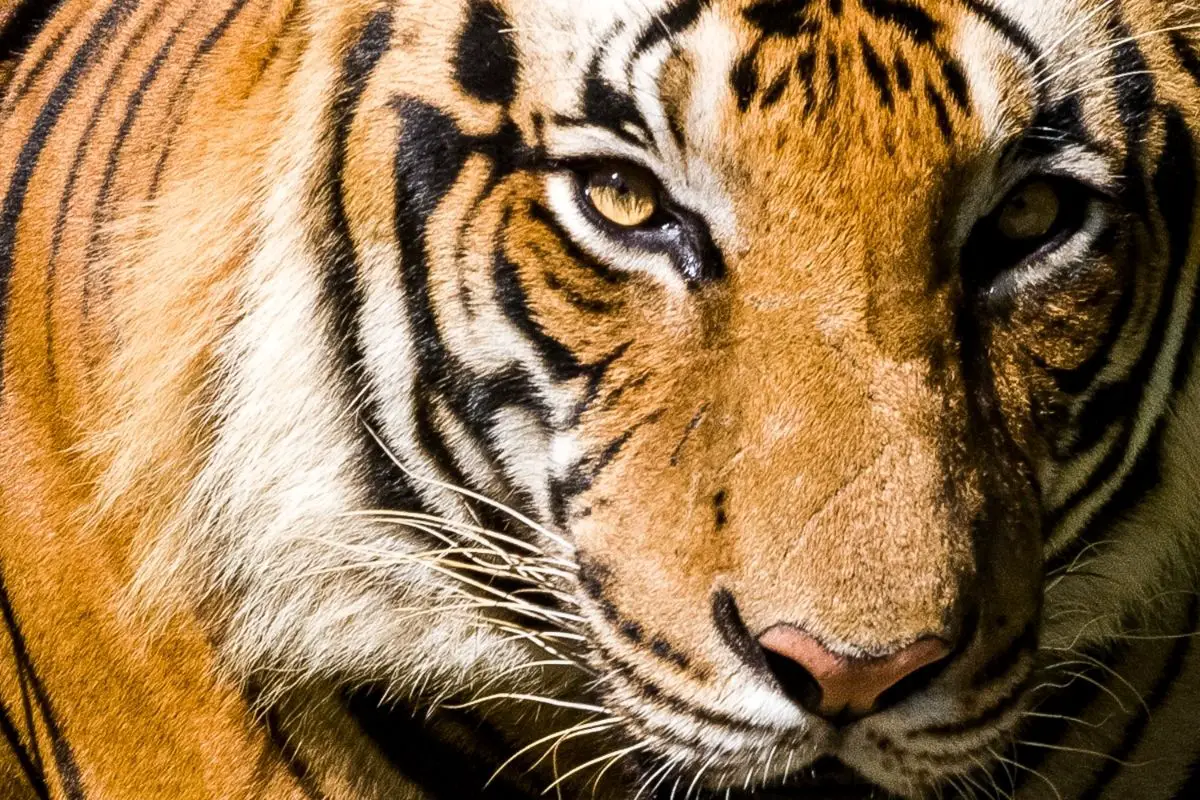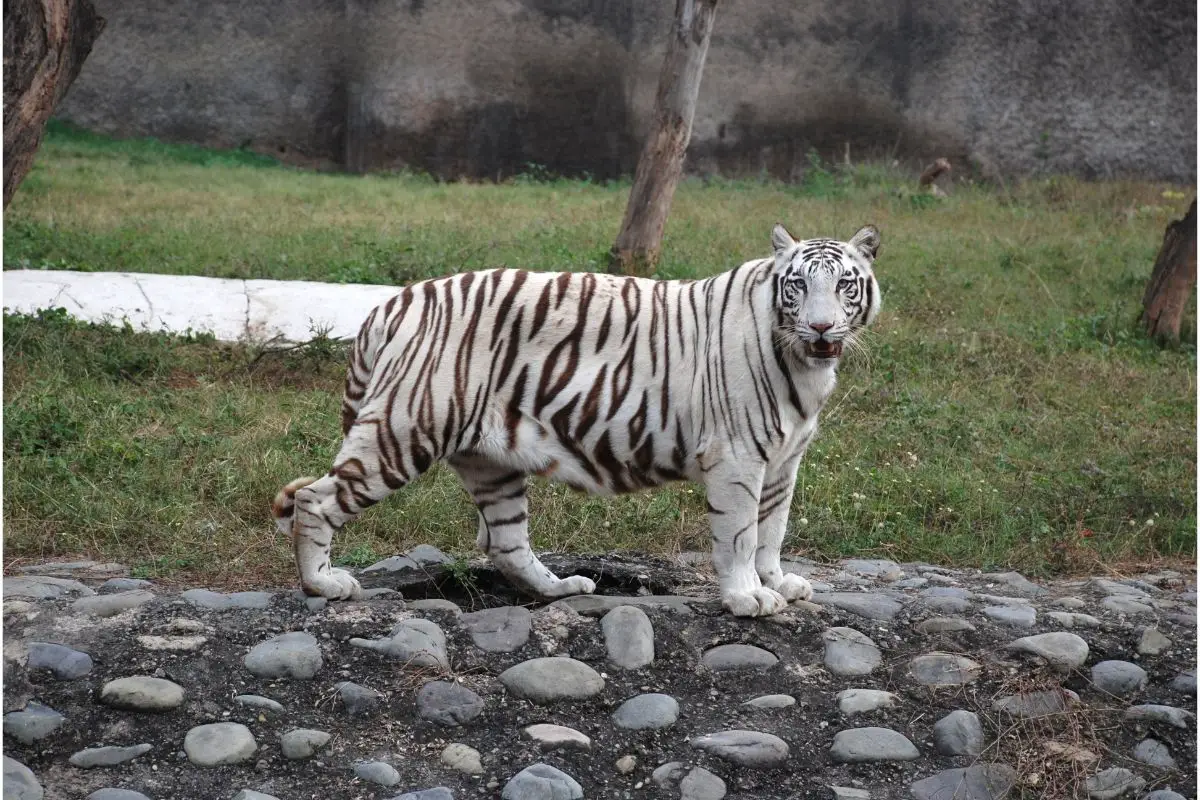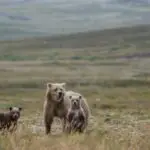Wolf fur colors, the go deeper than you think! So, lets break out the shades and explore all the different colors of wolves.
Wolves are some of the most fascinating creatures in the animal kingdom, known for their social structure, hunting prowess, and, of course, their beautiful fur.
The color of a wolf’s fur can vary greatly, from pure white to solid black, and many shades in between. In this blog post, we’ll explore the different colors of wolves, the rarest wolf color, and the patterns that can appear in their fur.
Wolves, as members of the Canidae family, are known for their diverse fur colors, which can range from pure white to solid black and many shades in between.
A Wolfs fur color is largely dependent on its species and geographical location, with different species and subspecies of wolves having distinctive colorations. Let’s delve deeper into the common colors of wolves and what they signify.
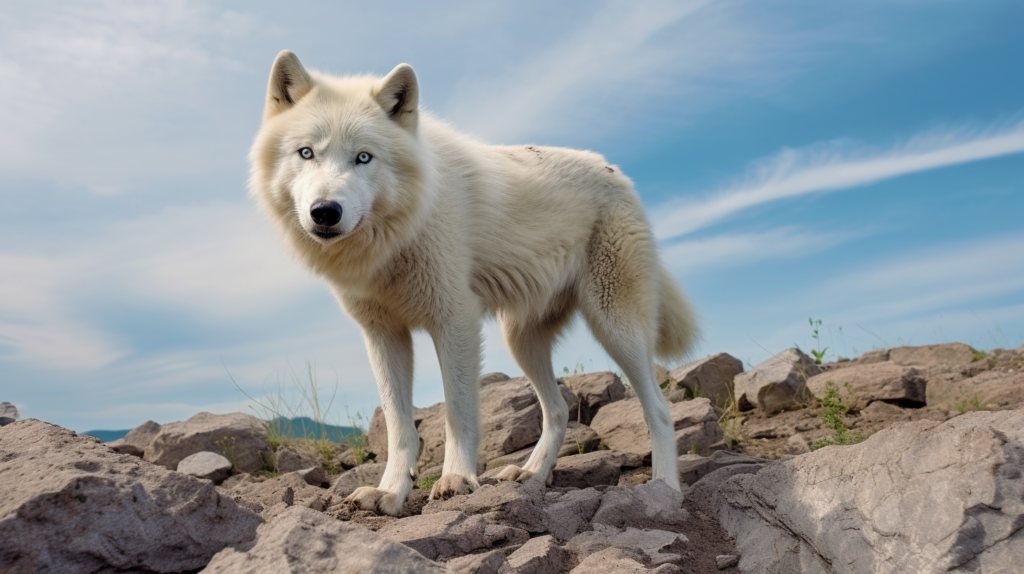
White Wolves
White wolves are often associated with Arctic regions, where their white fur serves as excellent camouflage against the snowy landscapes.
The Arctic wolf (Canis lupus arctos) is a prime example of a white wolf. Their fur is not just for camouflage, though.
The Arctic wolf’s thick, dense coat provides crucial insulation in the frigid Arctic climate, helping them maintain body heat in temperatures that can drop as low as -30 degrees Celsius (-22 degrees Fahrenheit).
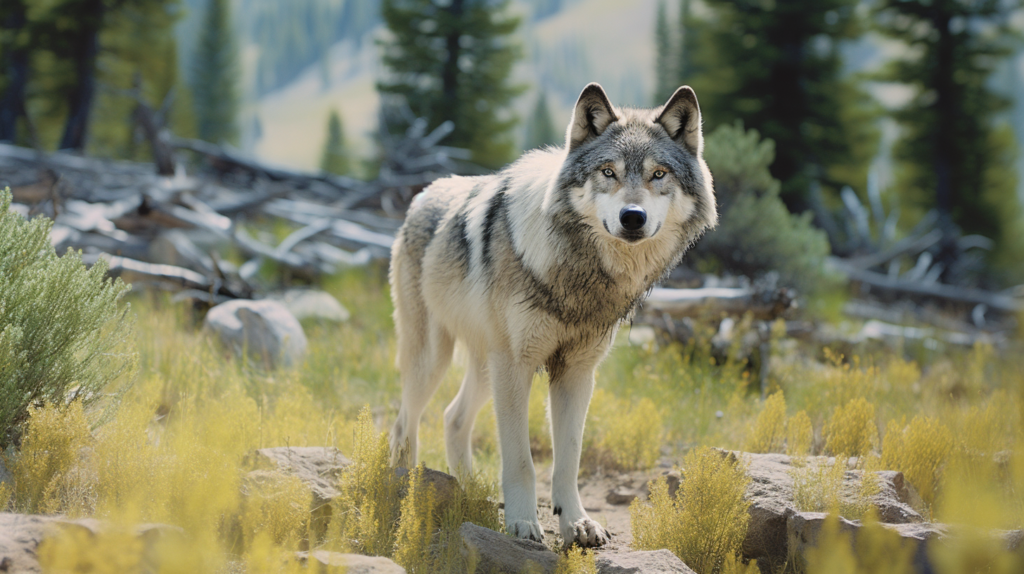
Gray Wolves
Gray wolves (Canis lupus) are the most common and widely distributed species of wolf. Their fur color can range from light gray to dark gray, and even to black.
This coloration helps them blend into a variety of environments, from the forests of North America and Europe to the mountainous regions of Asia.
The gray wolf’s fur is made up of a mix of gray, brown, black, and white hairs, which, when viewed from a distance, blend together to give the wolf its characteristic gray color.
Brown Wolves
Brown wolves often have a mix of fur colors, including shades of brown, black, and white. This coloration can help them blend into a variety of landscapes, particularly in forested areas.
The Ethiopian wolf (Canis simensis), for example, has a reddish-brown coat that allows it to blend into the rocky landscapes of the Ethiopian highlands.
Similarly, the Iberian wolf (Canis lupus signatus) found in Spain and Portugal has a distinctive reddish-brown coat.
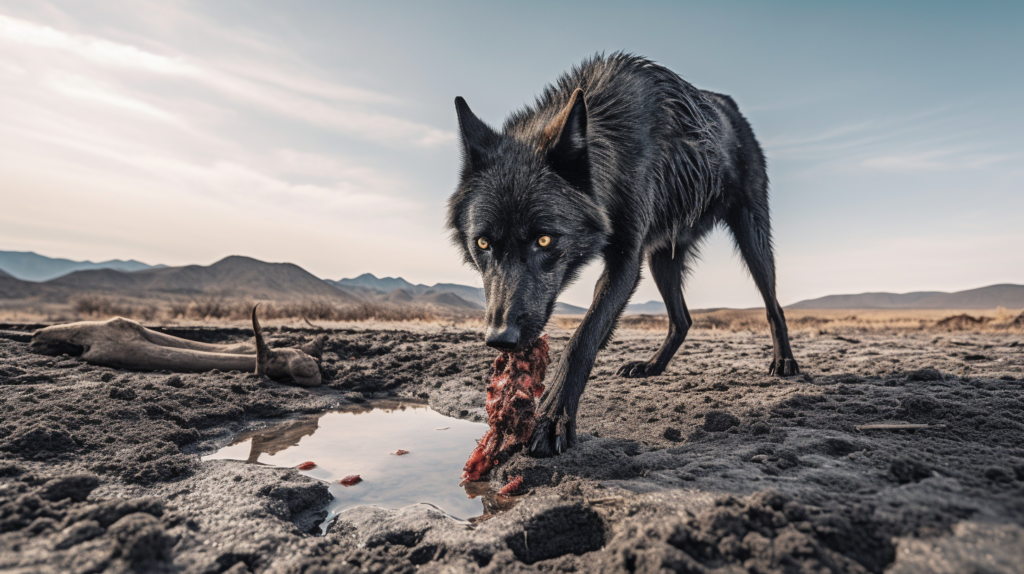
Black Wolves
Black wolves are relatively rare and are often the result of a genetic mutation. They are most commonly found among North American gray wolf populations.
The presence of black fur in wolves is the result of a recessive gene that originated from historic mating between domestic dogs and wolves.
This gene is not just responsible for the black coat but is also associated with an improved immune response, which might give black wolves an evolutionary advantage .
In conclusion, the color of a wolf’s fur is a combination of its genetic makeup and its environment, serving both as camouflage and as a means of adapting to varying climates.
The diversity in fur colors among wolves is a testament to their adaptability and the broad range of environments in which they can thrive.
Exploring the Patterns and Colors of Wolf Fur
Wolves are not only diverse in their fur colors but also in their fur patterns. These patterns, which can vary greatly among individuals and species, add another layer of complexity to the already fascinating world of wolves.
Wolf Fur Patterns
In addition to the unique wolf fur colors that can arise, wolves can also have different fur patterns. These patterns can include a mix of colors, often with darker fur on their backs and lighter fur on their undersides.
This is known as countershading and is a common pattern in many animals. Countershading helps to break up the animal’s outline and makes it harder for predators (and prey) to see the wolf’s shape against the background .
Some wolves may also have markings on their faces or bodies that are unique to the individual. These markings can range from small patches of color to distinctive stripes or spots.
For example, the Iberian wolf (Canis lupus signatus) is known for its distinctive dark vertical stripes on its front legs, which are unique to this subspecies.
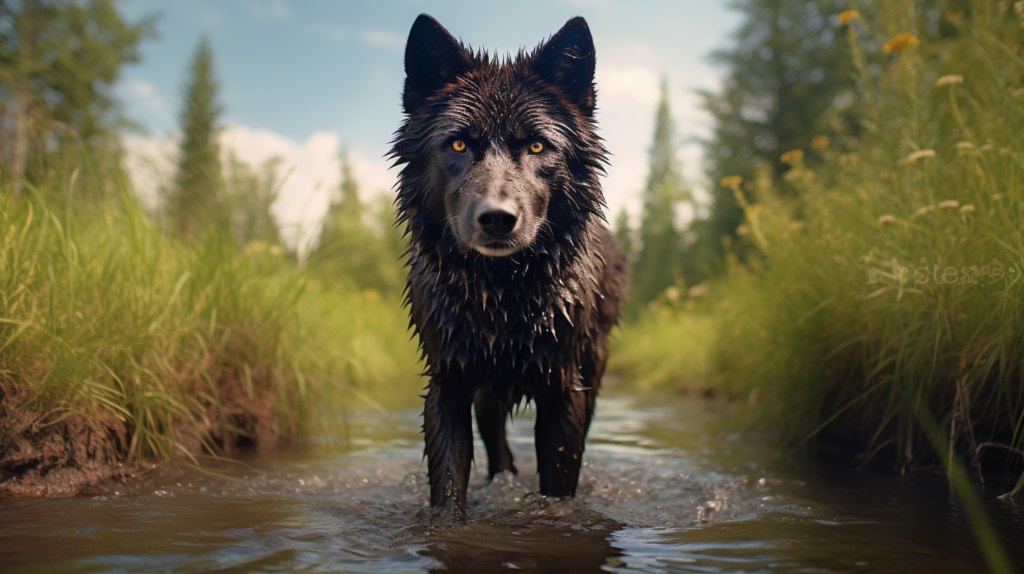
The Rarest Wolf Color
The rarest color of wolf is thought to be black. Black wolves are not a separate species, but rather a result of a genetic mutation in gray wolves.
This mutation, known as the K-locus gene, is thought to have originated from past interbreeding with domestic dogs. Interestingly, this gene is dominant, meaning that if a wolf inherits it from either parent, it will be black.
Despite this, black wolves remain relatively rare, likely due to the specific circumstances required for their creation.
Black wolves are most commonly found in the northern United States and Canada, but they have also been reported in other parts of the world, including Europe and Asia.
They are typically found in forests and other areas with dense vegetation, where they can blend in with their surroundings.
Black wolves are not considered to be a separate subspecies of gray wolves, but they are sometimes referred to as “melanistic” wolves. Melanism is a condition in which an animal has an excess of black pigment in its fur.
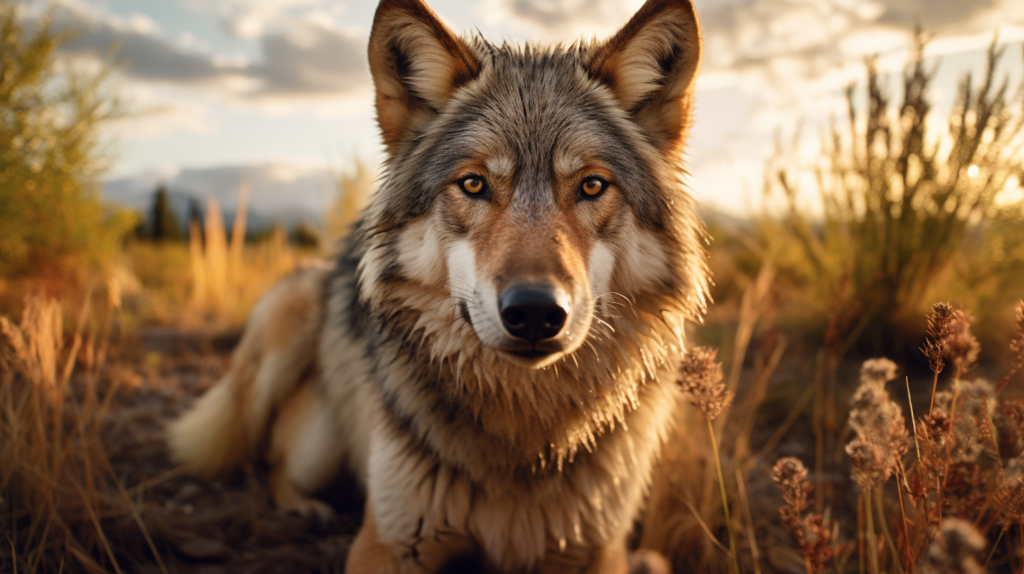
Natural Wolf Colors
All the colors and patterns we’ve discussed are natural wolf colors, resulting from a combination of genetics and environmental adaptation.
These colors and patterns help wolves camouflage themselves in their environment, aiding in both hunting and evading predators.
For example, a wolf with a white coat color would be more likely to survive and reproduce in a snowy environment, as it can blend in with the snow and sneak up on prey more effectively.
Final Shade of Grey
In conclusion, the world of wolves is a vibrant tapestry of colors and patterns, each telling a unique story of adaptation, survival, and evolution.
The fur of these magnificent creatures is not just a matter of aesthetics, but a testament to their incredible ability to adapt to their environment and thrive.
The pure white of the Arctic wolf, for instance, is a perfect adaptation to the snowy landscapes of the Arctic, providing both effective camouflage and insulation against the harsh cold.
On the other hand, the rare black coloration of some North American gray wolves is a result of a genetic mutation, possibly offering an improved immune response and thus an evolutionary advantage.
The variety of fur colors and patterns among wolves also reflects the diversity of their habitats, from the snowy Arctic to the forests of North America and Europe, and the mountainous regions of Asia.
Each color and pattern is a result of millions of years of evolution, shaped by the demands of survival in the wild.
So, the next time you see a picture of a wolf, take a moment to appreciate not just its beauty, but also the incredible journey of adaptation and survival that its fur color represents. The world of wolves is indeed a colorful one, and each color is a chapter in their remarkable story of life in the wild.
- Sink Your Teeth Into This: Analyzing the Powerful Lion Bite Force - September 8, 2023
- Siberian Tigers: Everything You Need To Know - September 4, 2023
- Do Lions Eat Humans? Understanding Lion Aggression and Risks - September 4, 2023





